
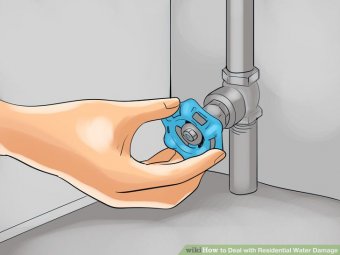 Stop the flow of water. If the flooding has been caused by a burst pipe or a water heater failure, shut off the main water line for your home.
Stop the flow of water. If the flooding has been caused by a burst pipe or a water heater failure, shut off the main water line for your home.
- Get in touch with an expert immediately if you cannot tell where the water is coming from.
- Do not handle electrical appliances unless you are properly insulated.
- If you have to stand in water to turn off the main electricity, consult with an electrician.
Assess the damage. Before you begin your cleanup effort, first determine if rebuilding is even a worthwhile option. Take ample photos and other documentation to show the insurance company.
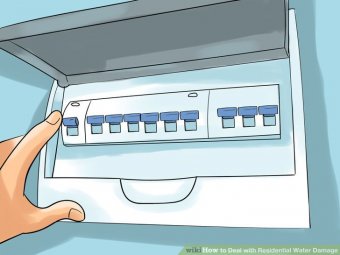 Rescue your most valuable possessions. If you are able to, find and remove your most important items from the flooded area, such as heirlooms, money, jewelry, etc. Don’t spend too much time extracting and cleaning individual items, as the water is still doing damage to your home.
Rescue your most valuable possessions. If you are able to, find and remove your most important items from the flooded area, such as heirlooms, money, jewelry, etc. Don’t spend too much time extracting and cleaning individual items, as the water is still doing damage to your home.
- Wear proper protective gear. When working in a flooded area, be sure to wear rubber boots, gloves, and a mask or respirator.
- Keep children and pets away from any standing flood water, as it is often contaminated.
- Place the pump at the lowest spot of the flooded floor.
 If the water is deep, you may need to lower the pump using a nylon rope.
If the water is deep, you may need to lower the pump using a nylon rope. - If dealing with a small amount of flooding, you may be able to use a wet-dry shop vacuum to remove the water. These often only hold 4–5 gallons (15.1–18.9 L), so you may find yourself emptying it often.
- Mud left behind by floods often contain a significant amount of toxins. Shovel out as much mud as possible, and spray down your walls with clean water. Make sure to check for mud in air ducts, as it will be hazardous when it dries.
- Snakes and rats may seek shelter in your home after a flood
Allow appliances to air dry. Do not use any appliances or outlets until they have had enough time to completely dry. Check with each manufacturer for recommended action.
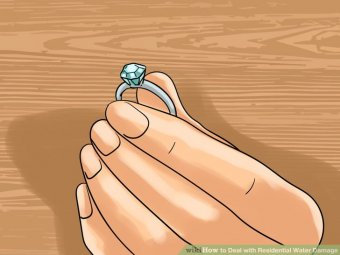

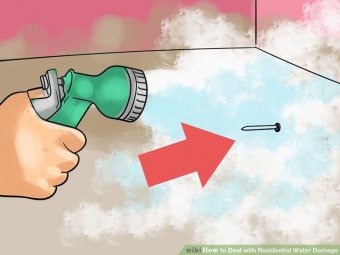
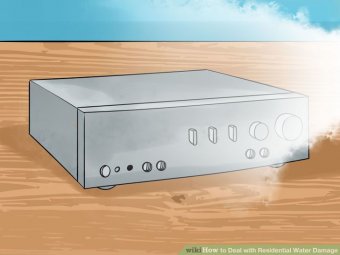
Source: www.wikihow.com









